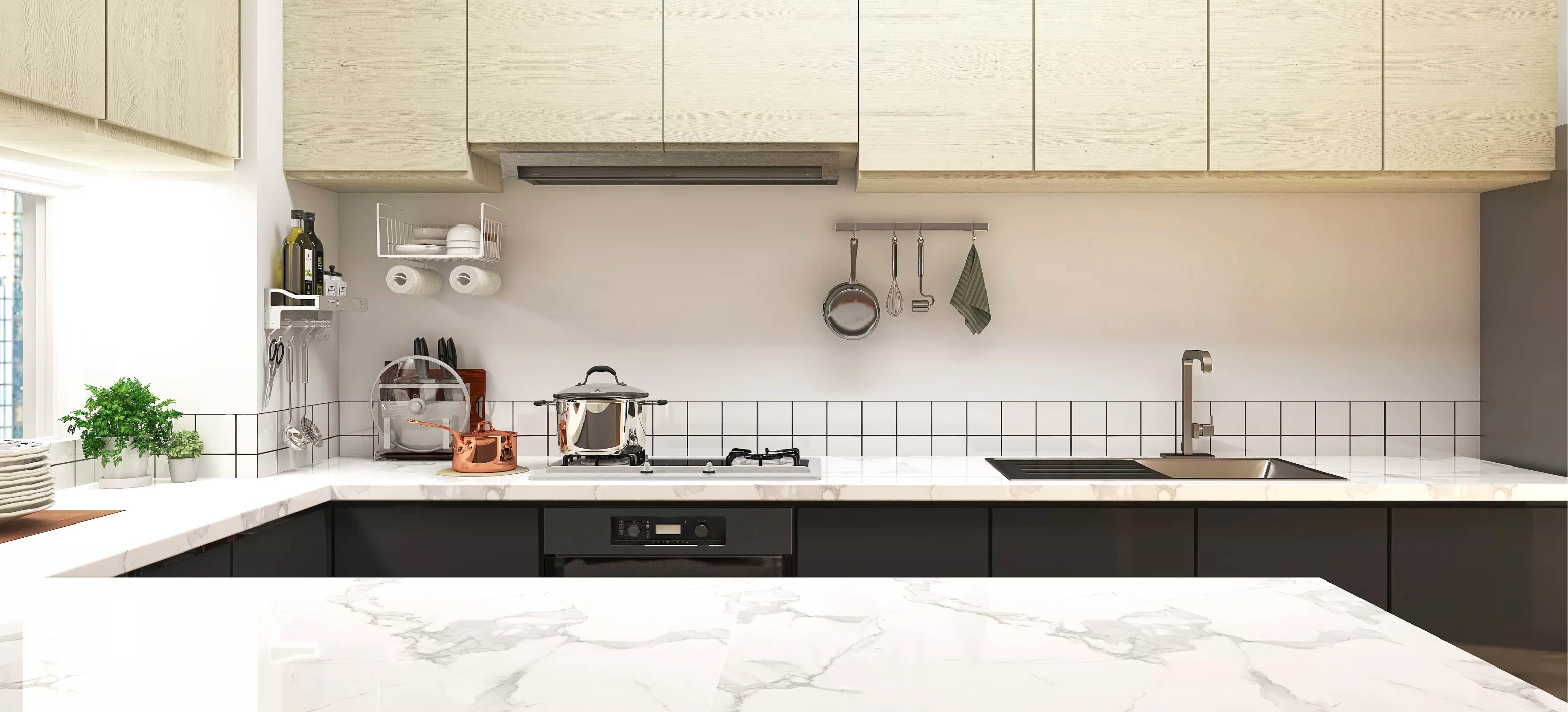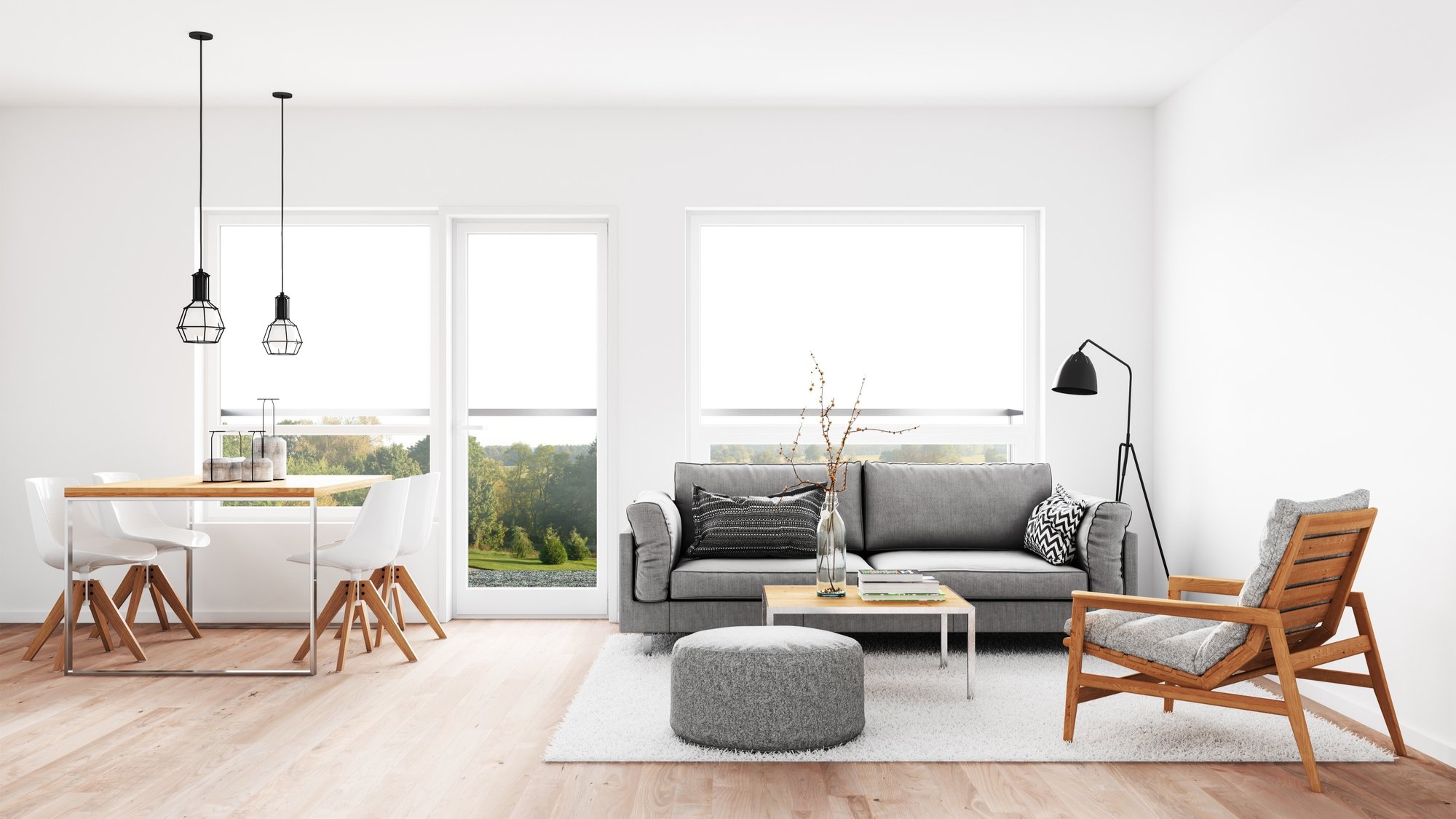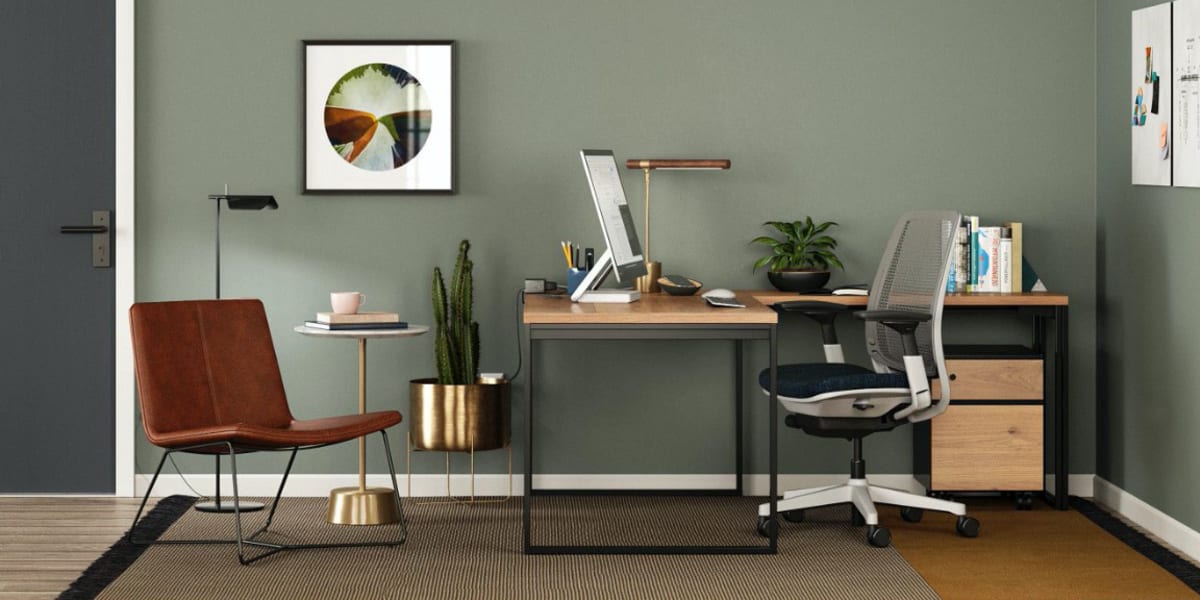Unlocking the Secrets to Perfect Home Design
In the realm of home design, achieving perfection is an art form that requires a harmonious blend of creativity, functionality, and attention to detail. From the layout of living spaces to the selection of materials and finishes, every aspect of home design contributes to the overall ambiance and functionality of the space. In this comprehensive guide, we’ll delve into the key principles and strategies for perfecting home design to create spaces that are both aesthetically pleasing and tailored to the needs of the inhabitants.

Understanding the Fundamentals
Before embarking on the journey of home design, it’s essential to grasp the fundamental principles that govern spatial planning and architectural composition. Concepts such as proportion, scale, and balance form the building blocks of effective design, guiding decisions related to room layout, furniture arrangement, and spatial flow. Additionally, an understanding of architectural styles, historical precedents, and cultural influences provides valuable context for creating … Read more



